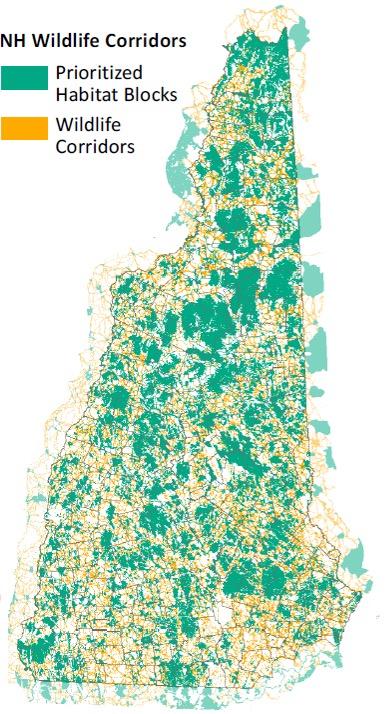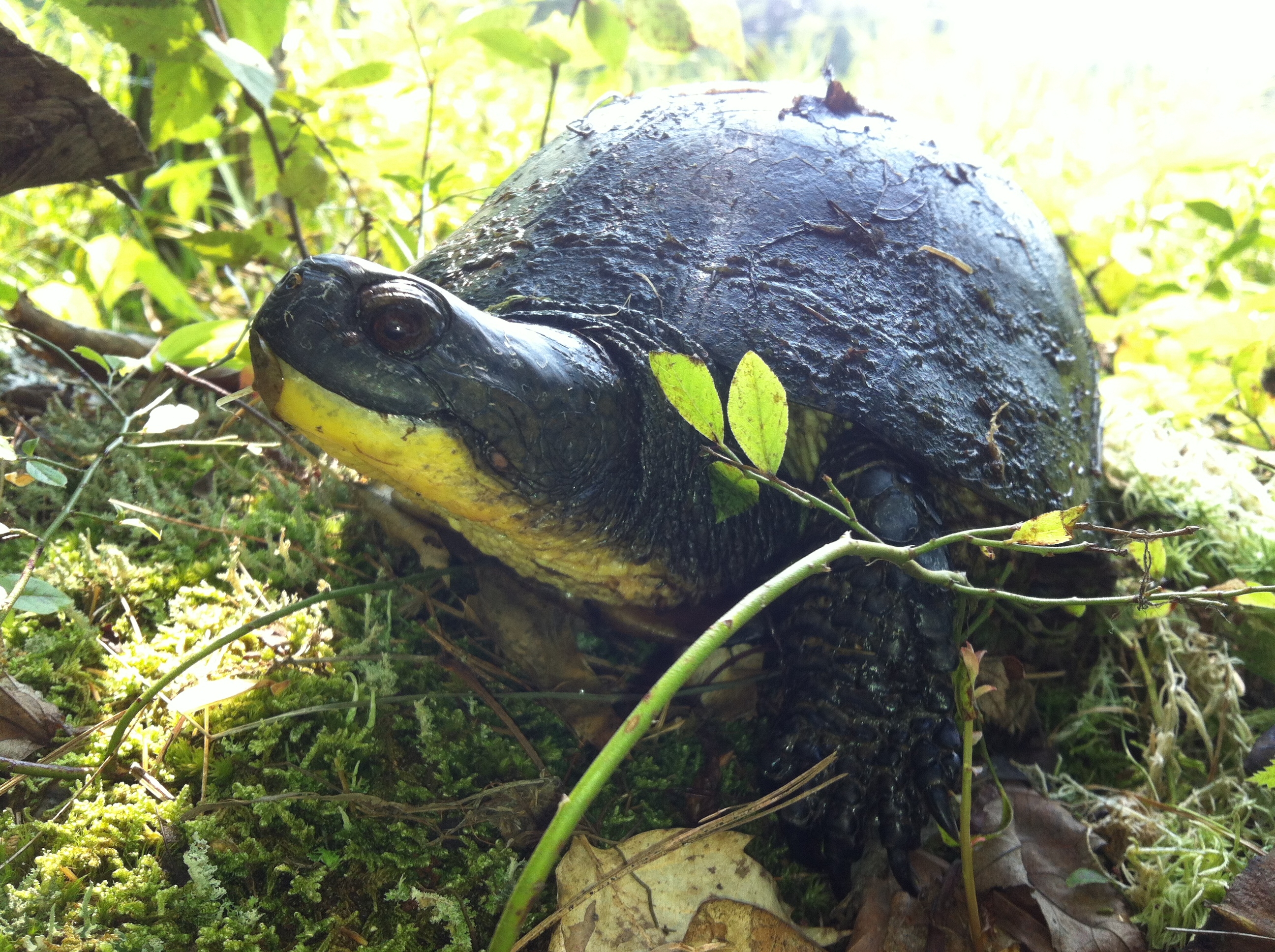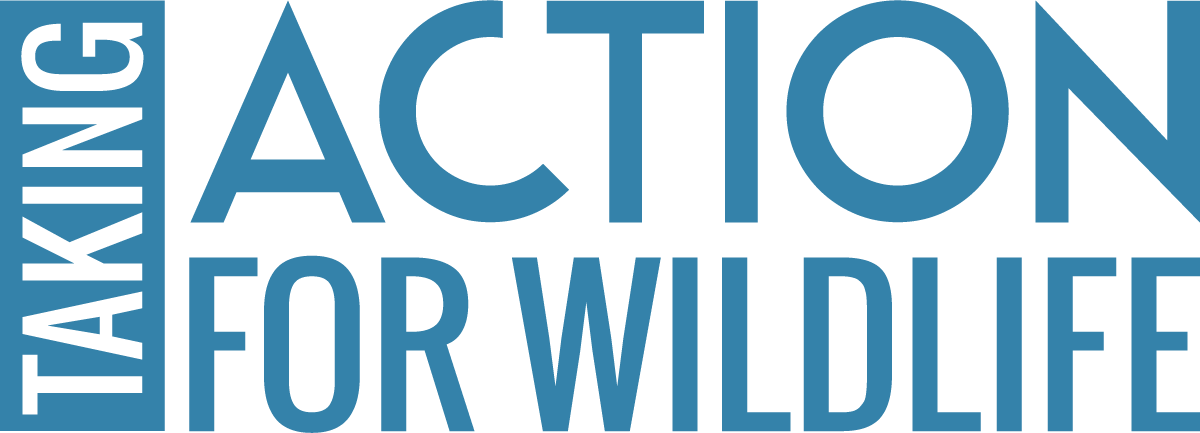In wildlife conservation, connections matter. As our landscape changes, maintaining and restoring connected habitats is critical for wildlife. These connections allow wildlife to adapt to changing conditions, move to meet their basic needs including food, breeding and shelter, and maintain gene flow. The loss of corridors can result in direct mortality, barriers to dispersal, and habitat fragmentation for many species. The risks are especially high for slow moving species (e.g. reptiles and amphibians), species that depend on high adult survivorship (e.g. turtles), species that are long range dispersers (e.g. bobcats or American martens), and species that already have limited populations (e.g. timber rattlesnakes).

The NH Fish & Game Department recently developed a new tool, the NH Wildlife Corridors map, to help identify these important areas on the landscape. The maps include core habitats connected by habitat corridors.
- The core wildlife habitat are areas over 50 acres in size that are a high priority in the New Hampshire Wildlife Action Plan (Highest Ranked Habitat in NH and/or Highest Ranked Habitat in Biological Regions). For those of you familiar with Wildlife Action Plan maps that’s the pink and green areas on the Highest Ranked Wildlife Habitat by Ecological Condition Map.
- The habitat corridors connect the core habitats through habitats where wildlife are predicted to most easily move. The dispersal behavior of a wide range of different species including habitat specialists, habitat generalist, area-sensitive, and barrier sensitive species were all included to model the corridors. (One of these species is Blanding's turtles, pictured below.)
So how do we maintain and restore habitat connectivity for wildlife? A multi-faceted approach including land conservation, land-use planning, land management, transportation solutions and science can together meet this challenge. Many partners, including you, are needed—let’s connect. You can help to protect wildlife corridors in your community by determining where the large habitat areas and key corridors are located.

We encourage you to use this data with other data that you may have or collect locally, to help ground-truth the results of corridor analyses, as part of your planning process.
There is historic recognition and support for the challenge -- momentum is building. Let’s keep it going—join us in taking action for wildlife.


